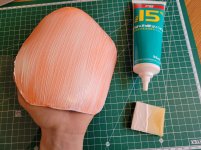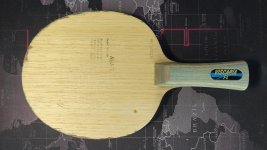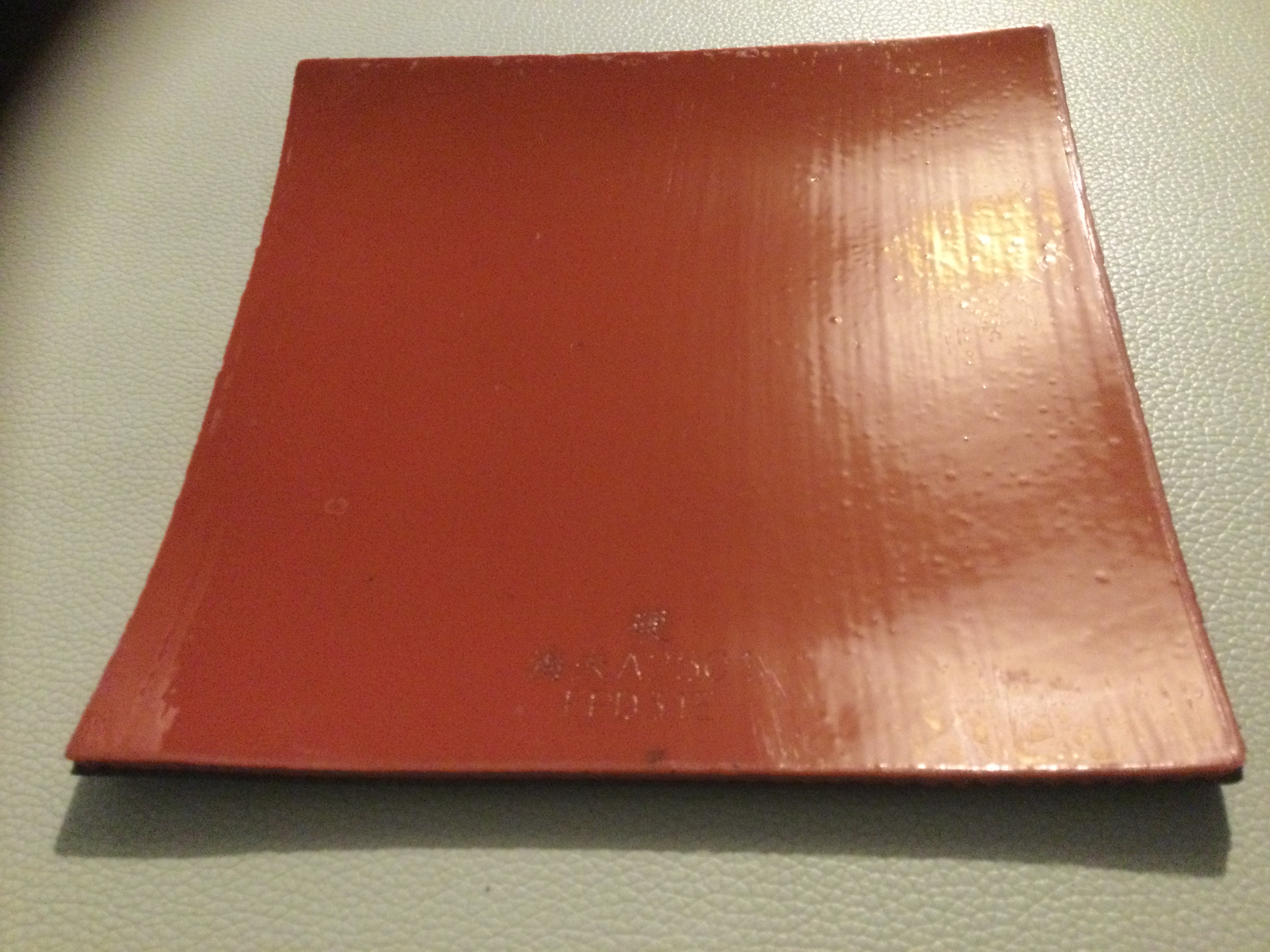@Carl
Does that work fine? Does it not take wood from the blade when u take the rubber off? And do u still vanish the blade or not? I don't like water based glue either cause it is just not sticky enough. If this cement thing works as good as the old glue, I think I'll give it a try. U use the brush from the old glue cans to apply it? Or does it come with a brush?
A lot of questions, looking forward to ur response

Rubber Cement is what the old regular glue actually was. All the old regular clue was just rubber cement with a fancy label from the Table Tennis companies. All you had to do was look at the chemical ingredients to see that. I like finishing my blades. I like the way they play after they are finished but rubber cement allows you to take the rubber off much more easily than the water based glues. It really is just liquid rubber. When the solvents dry it is a thin film of clear rubber. I am not sure why they call it rubber cement. Not very cement-like.

It holds the sponge on, and you can take it off more than easily enough. If the rubber has been on for a really long time (a few years), it is harder to take off.
The 8 size of Best Test Rubber Cement comes with a brush. The 16, 32, and Gallon size (yikes, that is a lot of glue), are for refilling a pre-existing jar. I have a nice glass jar that I keep it in, that has a really good quality brush. Better than you would get from any can of glue. But I have a friend who just puts it in an old mayonnaise jar (air tight seal so the glue does not dry over time) and uses a paint brush that is the right size and good quality (from the art supply store, also better than what the cans have). In retrospect, I like his method better because he is not pulling the brush out of the jar, which means the glue is only on the bristles of the brush not on the stem.

I got the idea because that is one of the things they use at the club I play at. They also use water based glue and they still have Haifu Speed Glue. The Best Test seems to work the best to me unless you want the speed glue effect.














